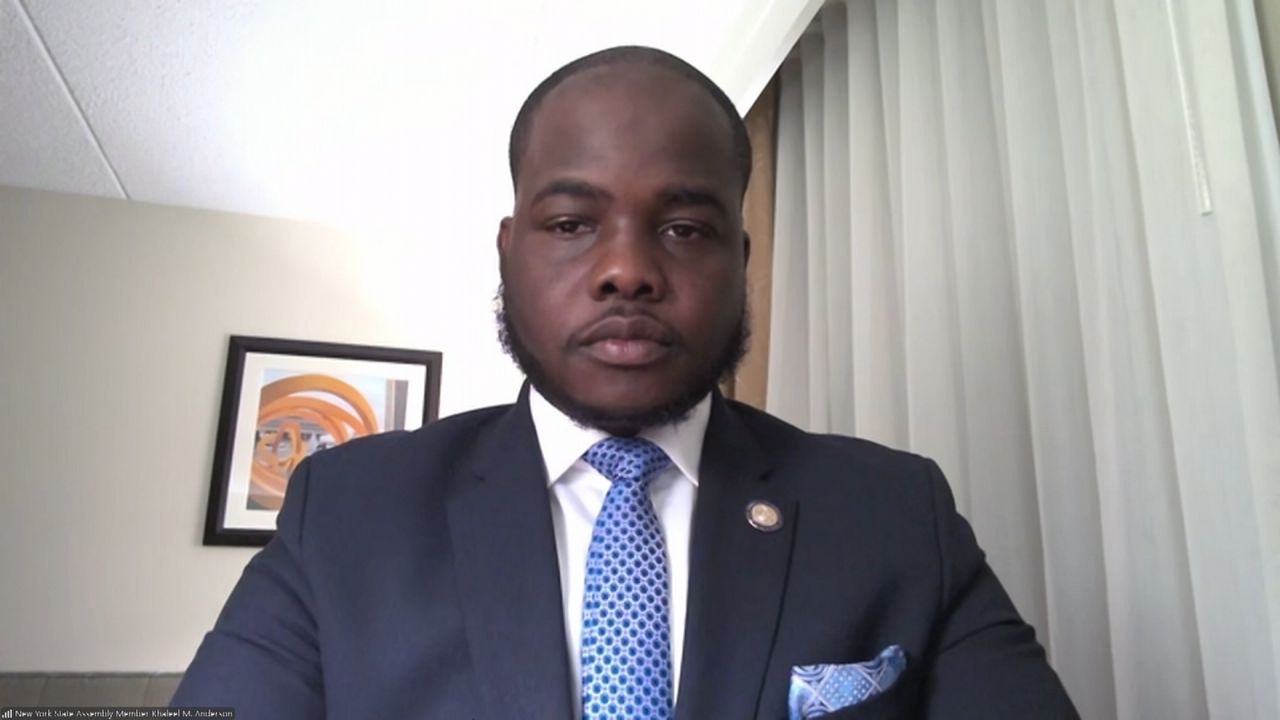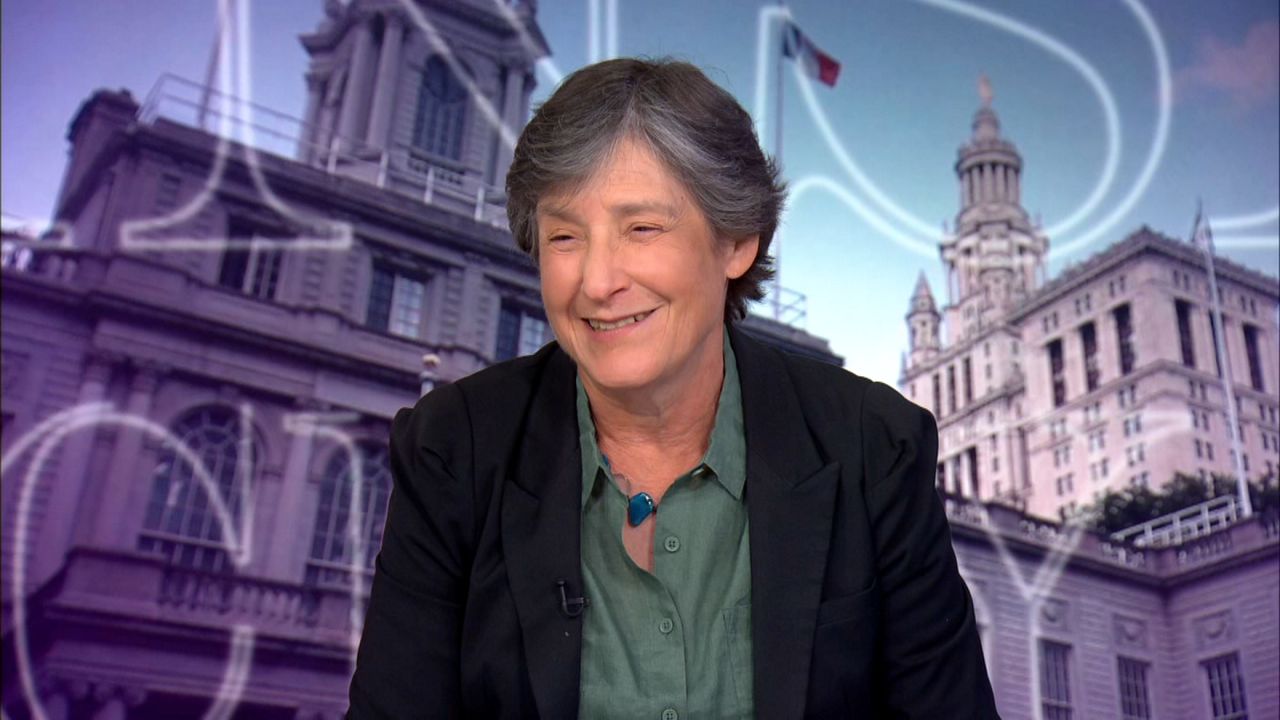The MTA has enough money in the bank to keep the city’s public transit system afloat financially “for several years,” and also has enough money to invest in its priority capital projects “for several more years” as the state works to get congestion pricing implemented, MTA President of Construction and Development Janno Lieber said Thursday night.
Speaking with “Inside City Hall” political anchor Errol Louis, Lieber said because of an injection of federal stimulus dollars, the MTA was able to obtain $14.5 billion of relief money from the MTA, “filling the holes in our budget for several years.”
Lieber also said the MTA will continue to be able to fund its priority capital projects, like the expansion of the Second Avenue subway, while it waits for the congestion pricing funds to become available.
“We have enough money right now to continue all of our priority capital projects,” Leiber said. “I have $30 billion. Now that the federal money, thanks to Chuck Schumer and the New York delegation, has showed up in New York, I have enough capital money to keep the capital program going for several more years until congestion pricing bond proceeds show up in a couple of years.”
Congestion pricing was approved by the state legislature in 2019. The program would charge vehicles entering Manhattan below 60th Street. It is expected to generate about $15 billion to the MTA’s five-year capital plan.
In an attempt to boost MTA ridership, public transit officials have said straphangers will not be burdened with fare hikes for the rest of 2021. On Thursday, Lieber said raising fares would hurt efforts to get New Yorkers back onto the subway system and buses, as ridership levels continue to lag behind pre-pandemic levels.
“Right now, it makes no sense to raise fares. Governor Cuomo and his team on the board — and everybody on the board — unanimously decided this was not the time to raise fares,” Lieber said. “We need to support the city’s recovery. We need to get people back to transit. And we’re going to deal with the financial situation of the MTA in the long run by teaming up with the legislature, with the city, with the state to find new, long-term, recurrent systems of revenue.”
Despite thousands of transit trips being canceled in the month of June alone, Lieber shot down concerns over whether the MTA would be able to staff the agency well enough to meet the demands of a recovering New York City.
“We’re running 95% of the services, even with the crew impacts, for roughly 50% of our prior population — that’s pretty good,” Lieber said. “And we’re going crazy training people. We’ve got 200 bus operators, subway conductors and subway operators being trained each month.”









